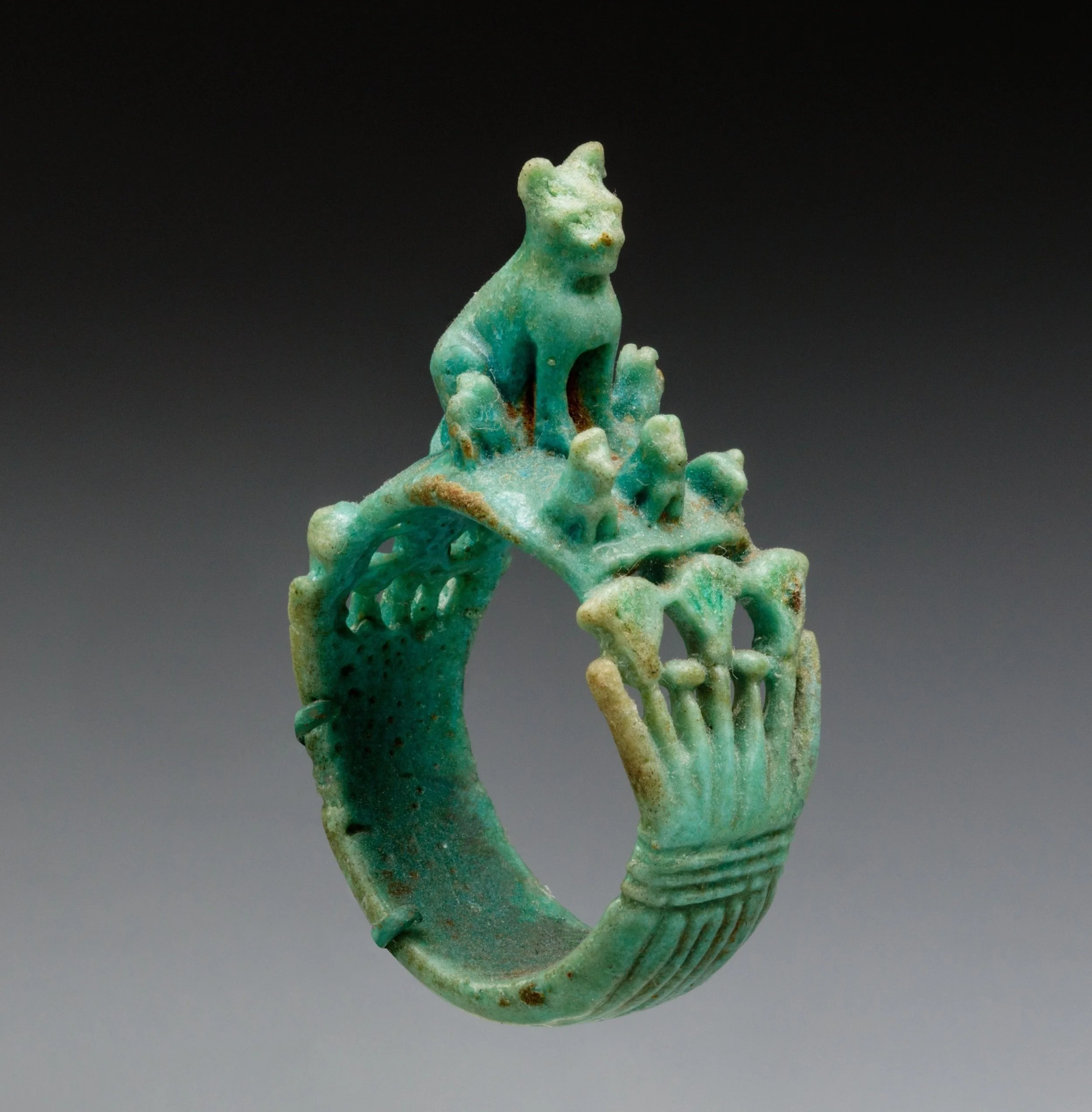Inspired by the Past
For more than 5000 years, ancient Egypt produced some of the most magnificent and enchanting artefacts the world has ever seen. Fancied across genders and social classes, jewelry played a significant role in every facet of Ancient Egyptian society both in life and death.
Religious rituals, personal decoration, protection from evil, and even the dead were adorned with jewelry, making it a cultural heritage and a great source of data about the dynamic culture of the Ancient Egyptians.
Their advanced technology, access to precious metals and gems, in a society that favored luxury and rarity over mass-produced jewelry made ancient Egyptians a leading force of jewelry manufacture and trend influencers ever since.
Bracelets found on the arms of King Tutankhamen showing advanced gold work techniques, including repoussé and granulation.
Frequently using amulets and gems such as scarabs, turquoise, carnelian, amethyst, garnet, and lapis, the ancient Egyptians incorporated powerful symbolism and motifs into their jewelry. Specific gems, hues, and designs were associated with extraordinary forces and divinities, averting bad spirits and luck while delivering power and good karma to its wearer.
Did you know
That the Ancient Egyptians often mixed silver, and copper with gold in their metalwork.
Although silver was discovered in Egypt as early as Naqada II, it was rarer than gold and thus imported from the Iberian Peninsula. For the ancient Egyptians, silver was an indispensable commodity with important symbolism.
Symbolizing the moon and ritual purity, the Ancient Egyptians often mixed silver and copper with gold in their metalwork. By combining various elements with gold, jewelers created various hues and colors such as rose, grey, and reddish-brown.
The jewelry found in Tutankhamun's tomb attests to the sophisticated use of gold, silver, and electrum in their work. Tutankhamun's jewelry reflects the great material wealth and high level of visual and technological refinement expressed in such metalwork.
**Check out the Silver bottle with offering scene naming Meritptah below










